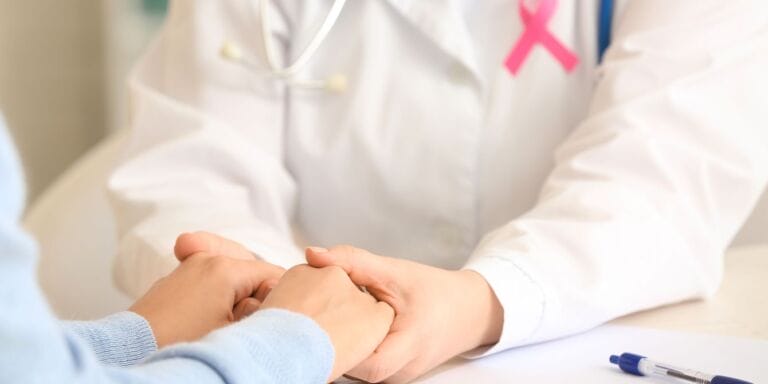What you need to know about your menstrual cycle and your period while TTC

The menstrual cycle is a two-part process. Here's everything you need to know.
Table of Contents
OK, we know. You’ve already had “the talk.” You get the gist of how this whole getting pregnant thing works. But if you’re still a little unclear about your menstrual cycle, you’re not alone. A lot of women have questions about their cycles. So before we start talking about making babies, let’s look at the process that enables it to happen in the first place.
What is the menstrual cycle?
All month long, a lining of blood develops inside your uterus, so that if you become pregnant, the fertilized egg has a nice place to implant and start to grow. When you don’t become pregnant, that lining sheds. And that is your period.
The first day of your period is day one of your cycle. Periods last about three to seven days. The cramping you may experience during your period is actually your uterus contracting to ease the blood out. It’s the same type of contractions that happen when you give birth… but we’ll talk about those contractions in a few months.
Related: No, your OBGYN should not be your primary care provider. Here’s why
How long is the menstrual cycle?
The menstrual cycle usually lasts anywhere from 21 to 35 days , and it’s normal for this number to vary from month to month.
The menstrual cycle is a two-part process
Your cycle is made up of two phases: The follicular phase (before you ovulate) and the luteal phase (after you ovulate).
What is the follicular phase?
The first phase of your menstrual cycle is named after the oh-so-important hormone follicle-stimulating hormone (FSH). FSH is produced by the pituitary gland in your brain, and its job is to make the follicles in your ovaries grow.
While several follicles grow, one will eventually become the dominant follicle (you go, girl), and that becomes the egg that will be released during ovulation.
As these follicles grow, they produce and release estrogen, which helps make the uterine blood lining and causes some changes in your cervical mucus, which allows it to help the sperm reach their final destination.
What is the LH surge?
When your estrogen level reaches a certain tipping point, your luteinizing hormone (LH) will surge (this is appropriately known as your LH surge). This causes that dominant follicle, or egg, to be released. This is ovulation. You may actually be able to feel ovulation, but many women don’t.
Related: Here’s how to track your ovulation.
Now you’ve probably heard that you ovulate on day 14 of your cycle. And you might! Sometimes. Confused? Here’s what to know:
The follicular phase (leading up to ovulation) varies in length for many women. So one month you may ovulate on day 13, then the next month on day 16—and this can be very normal. What does not usually change is the length of luteal phase, the phase after ovulation. This is why charting your cycles is so important.
What is the luteal phase?
After the egg is released (ovulation), it survives for 12 to 24 hours. If a sperm reaches the egg during that window, pregnancy is a distinct possibility (fingers crossed). Over the course of five to six days, the egg travels through your fallopian tube toward the uterus. The corpus luteum (the egg’s former home) releases progesterone and estrogen as the egg travels (progesterone helps make the uterus an even nicer place for a fertilized egg to grow). If the egg is not fertilized it will start to shrink, which decreases the hormones it’s putting out. This drop in hormones causes your period.
What is conception?
If the egg is fertilized by a sperm (woohoo, your baby is made!), at the moment of conception, DNA from the egg and the sperm begin to combine to make your baby.
Welcome home, baby
After a journey down into your uterus, the newly formed human will burrow itself into your uterine lining (this is called implantation). It will continue to produce progesterone and estrogen, as well as human chorionic gonadotrophin (hCG)—this is the hormone that pregnancy tests detect.
And if this happens… well, if this happens, we have a lot more to talk about.
A version of this post was originally published on June 12, 2019. It has been updated.





































